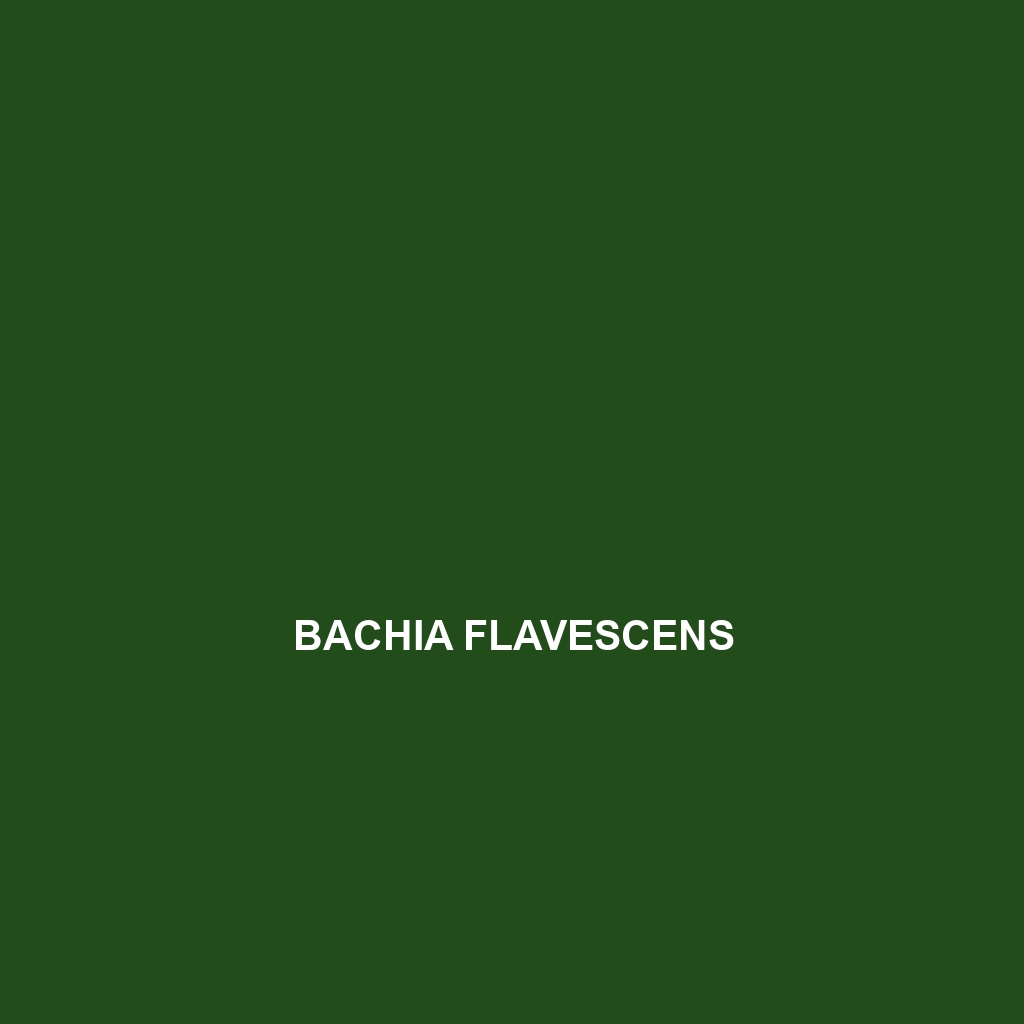Bachia dorbignyi
Common Name: Bachia dorbignyi
Scientific Name: Bachia dorbignyi
Habitat
Bachia dorbignyi is primarily found in the tropical and subtropical regions of South America, particularly in countries such as Argentina, Brazil, and Paraguay. These lizards typically inhabit dry forests, shrublands, and savanna ecosystems. They prefer areas with loose, sandy soil that allows for burrowing and hideouts.
Physical Characteristics
This medium-sized lizard averages about 20 to 30 cm in length. Bachia dorbignyi features a slender, elongated body covered with smooth, shiny scales. The color ranges from brown to gray with lighter stripes running along its sides, providing effective camouflage against the forest floor. Distinctive characteristics include small limbs and a flattened head, which aid in its burrowing lifestyle.
Behavior
Bachia dorbignyi exhibits primarily fossorial behavior, spending most of its time underground. It is known for its ability to burrow quickly into the sand to escape predators. This species is diurnal, typically basking in the sun during the day and emerging to forage. Socially, they are not particularly territorial and may be seen in small groups.
Diet
The diet of Bachia dorbignyi mainly consists of small invertebrates, such as insects and worms. They are insectivorous, using their keen eyesight to hunt for food during the day. This lizard’s feeding habits also include foraging among leaf litter and searching for food in low vegetation.
Reproduction
Bachia dorbignyi is oviparous, meaning it lays eggs. The breeding season typically coincides with the warmer, wetter months of the year. Females can lay clutches of up to five eggs in sandy or loose soil. After a few months, the hatchlings emerge, fully independent and similar in appearance to adults.
Conservation Status
Currently, Bachia dorbignyi is classified as Least Concern on the IUCN Red List. However, habitat destruction and environmental changes pose challenges to its population, emphasizing the need for ongoing monitoring and conservation efforts.
Interesting Facts
One fascinating fact about Bachia dorbignyi is its remarkable ability to camouflage itself in sandy environments, making it a difficult target for predators. Additionally, this lizard can survive in relatively arid conditions, a trait not commonly found in many other lizard species.
Role in Ecosystem
Bachia dorbignyi plays a crucial role in its ecosystem as both a predator and prey. By controlling insect populations, it helps maintain ecological balance. Moreover, it serves as a food source for larger predators, contributing to the food web in its habitat.
